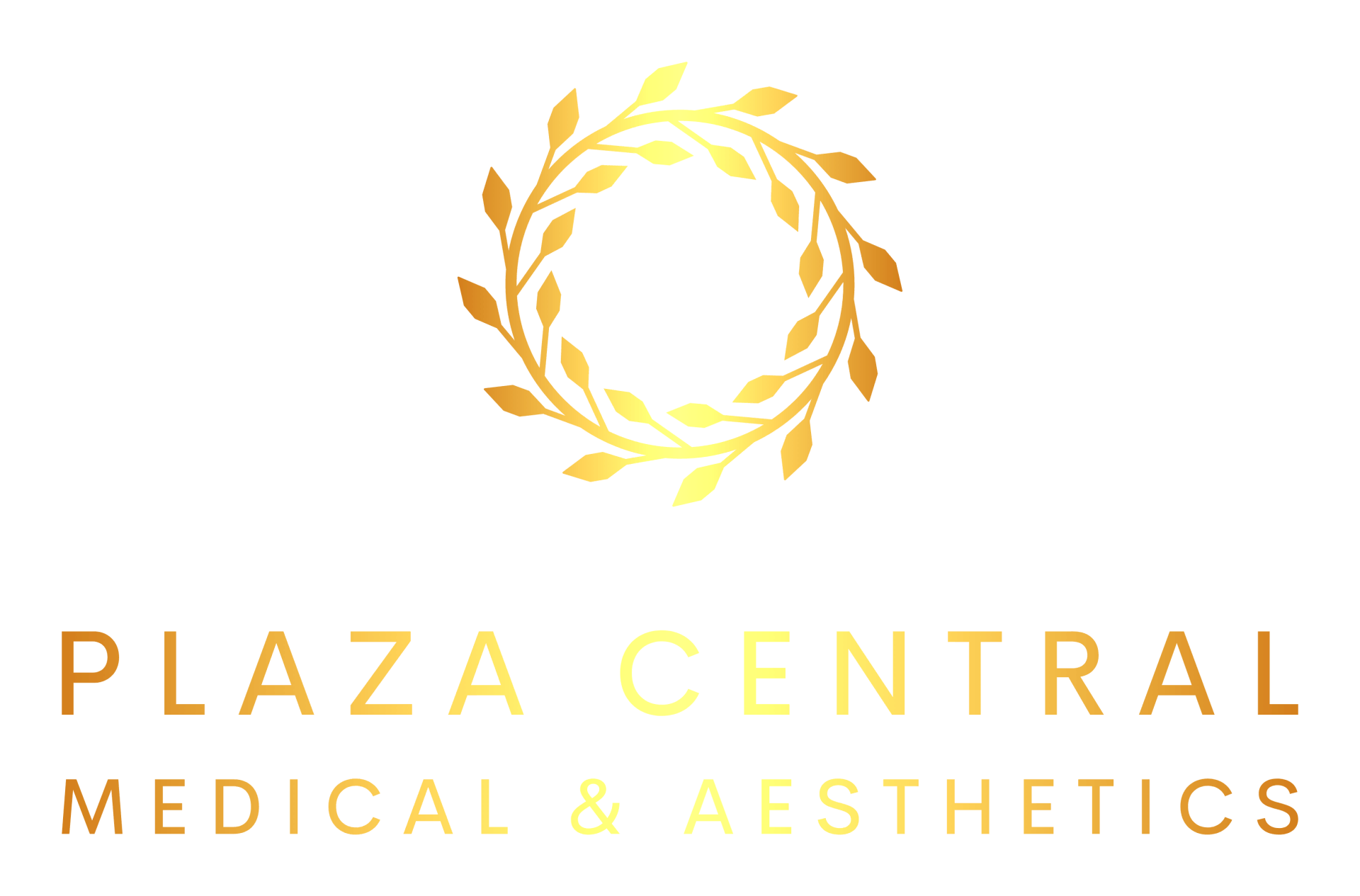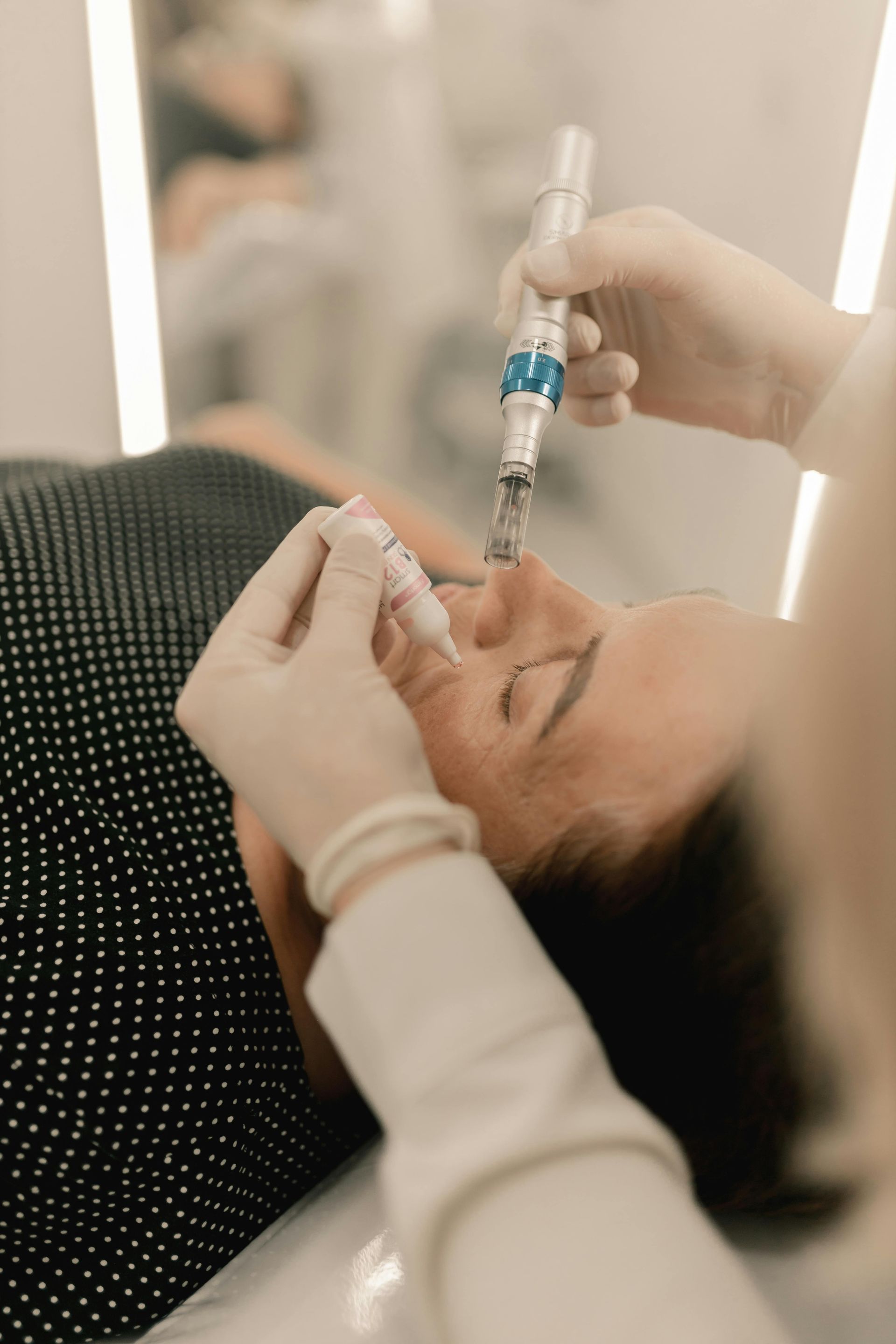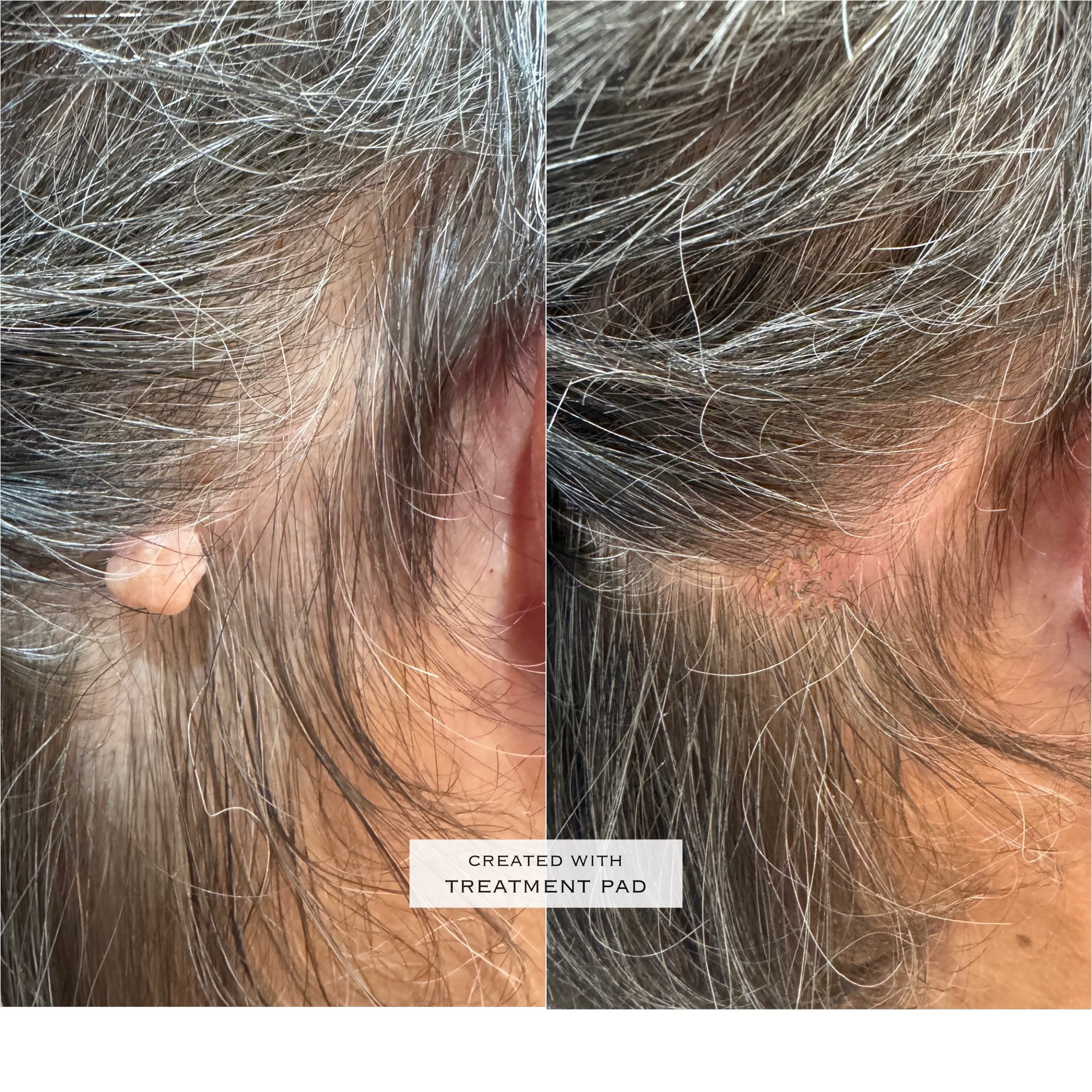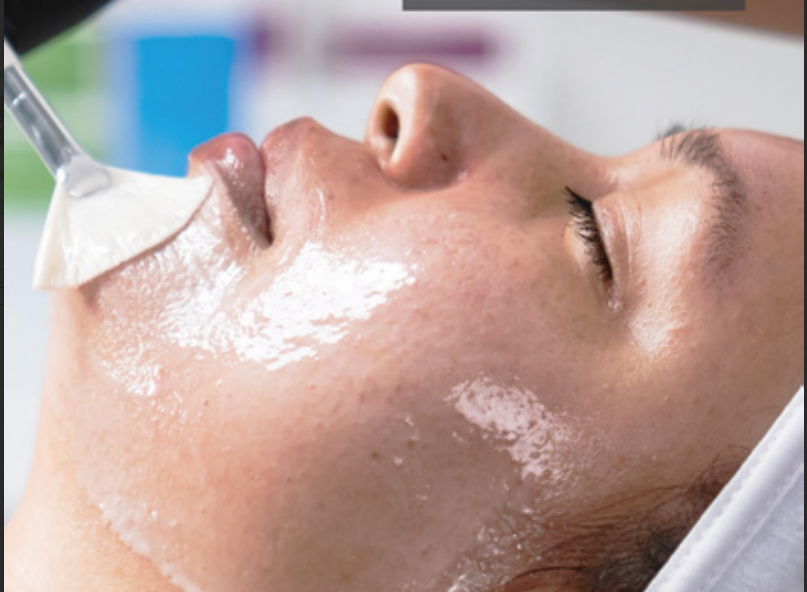Understanding Retinal and Retinol: Key Differences and Benefits by Radhika Nath
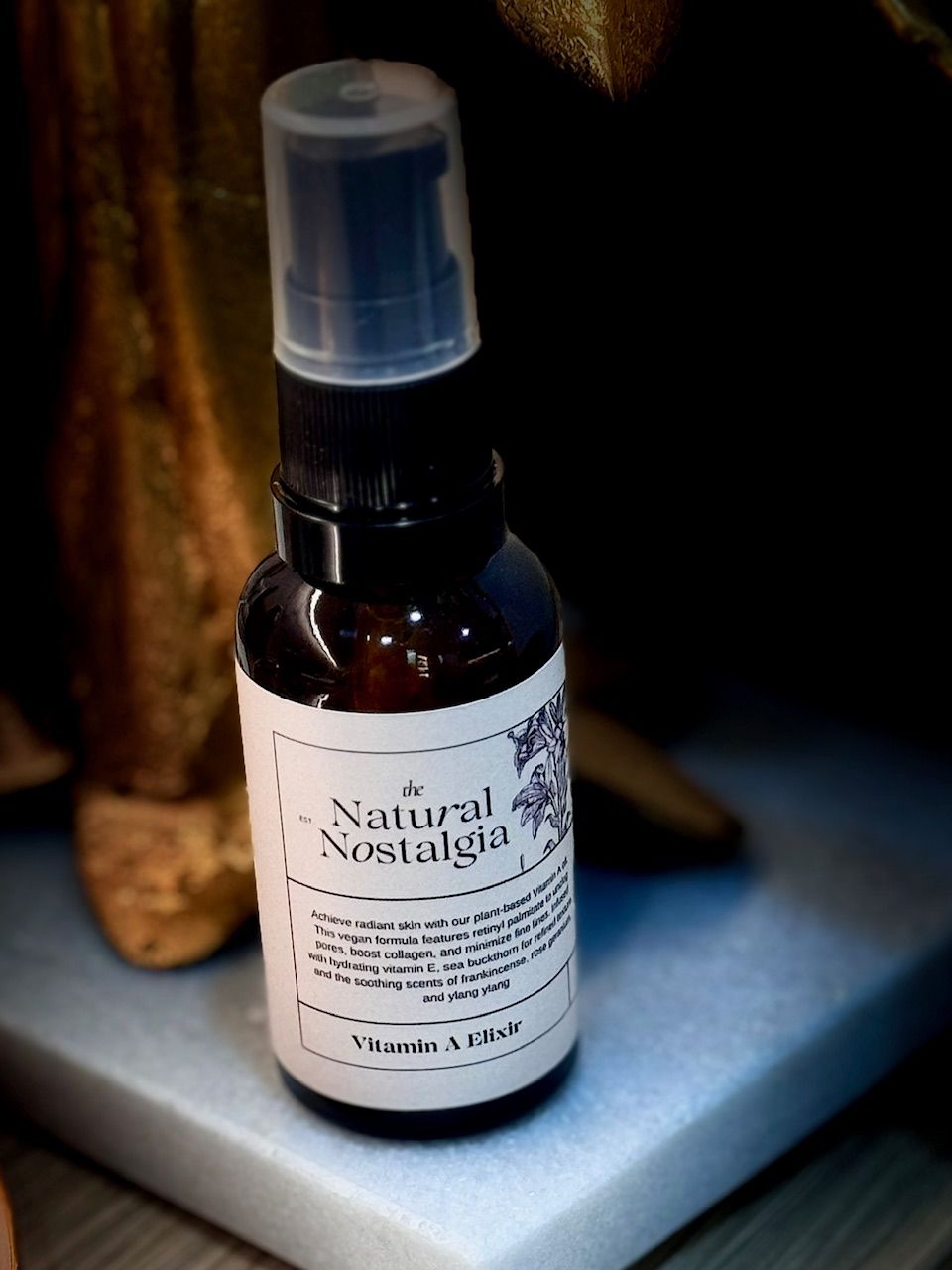
Key Differences and Benefits
When it comes to anti-aging and skincare, few ingredients are as celebrated as Vitamin A derivatives. Among these, retinal (retinaldehyde) and retinol stand out for their transformative effects. While both are highly effective, their differences make each suitable for specific needs and skin types. Let’s delve into their unique characteristics and benefits to help you make informed choices for your skincare routine.
The Inspiration Behind the Exploration
The journey to understanding retinal and retinol started with a simple conversation with a family member curious about upgrading their skincare routine. This sparked a deep dive into the science of these powerhouse ingredients, culminating in this comprehensive guide. Whether you’re new to skincare or a seasoned enthusiast, this article will help you navigate the world of Vitamin A derivatives.
What is Retinal?
Retinal, or retinaldehyde, is a potent derivative of Vitamin A known for its remarkable ability to rejuvenate the skin. As one of the most effective ingredients for improving skin texture, reducing fine lines, and addressing hyperpigmentation, it’s a favorite among dermatologists and skincare enthusiasts.
Key Features of Retinal:
- Potency: Retinal requires fewer conversion steps to become retinoic acid, the active form of Vitamin A utilized by skin cells.
- Conversion pathway: Retinol → Retinal → Retinoic Acid
- Enhanced Cell Turnover: It promotes faster cell renewal, smoothing the skin and diminishing wrinkles.
- Collagen Stimulation: Boosts collagen production, improving elasticity and reducing sagging.
- Acne Management: Normalizes skin cell behaviour, unclogs pores, and reduces acne.
How to Use Retinal:
- Introduce Gradually: Start with lower concentrations to build tolerance.
- Nighttime Application: Use it in the evening to avoid sunlight-induced sensitivity.
- Pair with Sunscreen: Always follow with sunscreen during the day to protect against UV damage.
Who Should Use Retinal?
- Those with visible signs of aging, such as fine lines and wrinkles.
- Individuals dealing with uneven skin tone or texture.
- Users seeking a stronger alternative to retinol.
What is Retinol?
Retinol is another Vitamin A derivative, widely recognized for its versatility and efficacy. It serves as a precursor to retinal and retinoic acid, making it a gentler option for those new to Vitamin A-based skincare.
Key Features of Retinol:
- Anti-Aging Benefits: Stimulates collagen production, reducing fine lines and wrinkles over time.
- Texture Improvement: Promotes cell turnover, smoothing rough skin.
- Hyperpigmentation Reduction: Helps fade dark spots and even out skin tone.
- Pore Refinement: Unclogs pores and minimizes their appearance.
How to Use Retinol:
- Start Low: Begin with concentrations of 0.2% to 0.5% to minimize irritation or as directed by a health professional.
- Evening Routine: Use at night to avoid sunlight sensitivity.
- Moisturize: Pair with a hydrating product to counteract dryness.
- Sunscreen is Key: Protect your skin daily from UV damage.
Who Should Use Retinol?
- Beginners addressing early signs of aging.
- Individuals with sensitive or reactive skin.
- Those looking to ease into Vitamin A derivatives before progressing to stronger options like retinal
| Aspect | Retinol | Retinal |
|---|---|---|
| Definition | A form of Vitamin A, commonly used in OTC skincare. | A derivative of Vitamin A, more potent and effective. |
| Chemical Structure | Alcohol form of Vitamin A. | Aldehyde form of Vitamin A. |
| Potency | Requires conversion to retinal, then retinoic acid. | Needs only one conversion step to retinoic acid. |
| Skin Tolerance | Gentler, ideal for beginners. | Stronger, may cause irritation for sensitive skin. |
| Stability | Less stable, prone to degradation. | More stable but still requires proper storage. |
| Effectiveness | Slower results due to additional conversion steps. | Faster results due to proximity to retinoic acid. |
| Side Effects | Fewer side effects at lower concentrations. | More dryness and irritation often if not used correctly. |
| Recommended For | Beginners and sensitive skin users. | Experienced users seeking stronger results. |
Conclusion: Choosing the Right Ingredient
Both retinal and retinol are exceptional choices for addressing skin aging, improving texture, and combating acne. Your decision should depend on your skin’s tolerance, your experience with Vitamin A products, and the specific results you’re looking to achieve. Beginners may benefit from starting with retinol, while seasoned users might explore the enhanced potency of retinal for faster results.
Remember, the key to successful Vitamin A-based skincare is patience, consistency, and diligent sun protection. With these in mind, you can harness the power of these transformative ingredients to reveal your best skin.
References
- Zouboulis, C. C., et al. (2016). Retinoids in the treatment of acne. Dermatology and Therapy, 6(4), 255-264.
- Bissett, D. L., et al. (2009). Retinoid efficacy in skin aging. Journal of Clinical and Aesthetic Dermatology, 2(4), 22-30.
- Kang, S., et al. (2001). Topical retinoic acid for photodamaged skin: effects and mechanisms of action. Journal of the American Academy of Dermatology, 44(6), S4-S7.
Read our blogs




